Did you know that the winter months see the highest rates of death from carbon monoxide poisoning?
It’s true. Every year, up to 4,000 people in the UK are admitted to the A&E with carbon monoxide poisoning, with a further 200 hospitalised, and around 60 fatalities.[1]
What’s more, the majority of carbon monoxide-related incidents happen in winter, due to the increase in using central heating systems requiring a boiler, which, when faulty, can emit carbon monoxide.
The problem is that carbon monoxide is a silent killer. Colourless and odourless, carbon monoxide cannot be sensed, but it can kill.
As an employer with a duty of care to your employees and customers, it’s crucial you’re conscious of the risks that can come from a faulty boiler, what to do if that’s the case, and the preventative measures you can take to keep everyone safe.
What do gas boilers have to do with carbon monoxide?
When a gas boiler works as it should, it doesn’t produce carbon monoxide – unless it’s an older boiler model, in which case it may produce a small amount or carbon monoxide, but this is safely expelled outside via an in-built flue.
But certain boiler issues can result in the production of carbon monoxide. This happens when a lack of oxygen in the boiler prohibits the gas from burning completely, resulting in the formation of carbon monoxide, a noxious gas that that can be lethal.
If the boiler flue, vent, or heat exchanger is blocked, this can stop the boiler from working as it should. Debris may have built up in the form of soot, leaves, or birds’ nests.
If there’s a problem with your commercial boiler, it can present with different signs that should alert you that there’s a problem. The boiler may leak, heat irregularly, have pressure issues, or be noisy. There may also be scorch marks on the wall around the boiler or an unusual amount of condensation on a window near the boiler.
Signs of carbon monoxide exposure
One of the reasons that carbon monoxide is so dangerous is that it is colourless and odourless, yet extremely harmful.
According to the NHS, carbon monoxide poisoning may result in the following symptoms:
- Headache
- Dizziness
- Feeling sick/being sick
- Feeling weak
- Confusion
- Chest and muscle pain
- Shortness of breath.
It’s important to note that these symptoms might not be felt continuously, and may instead come and go, perhaps getting worse when time is spent in the affected room or building. [2]
Preventative measures
Companies have a legal and moral obligation to keep their employees and customers safe. A workplace environment that endangers an employee or customer’s life could result in hefty fines, legal proceedings, and reputational damage.
That’s why, as well as having workplace procedures in place designed to detect any suspicious boiler activity, you need to take preventative measures, too.
Particularly in the winter, when boilers do the bulk of their work, it is of critical importance that your company ensures it has the right procedures and protocols in place, including:
- Regularly checking carbon monoxide detectors are functioning as they should
- Locating the carbon monoxide detector to maximise efficacy
- Supplying clear instructions for checking and replacing batteries detector batteries
- Scheduling regular inspections and maintenance for your heating systems, boiler included, by certified engineers
- Detailing an action plan for your employees should a gas leak be suspected.
If you would like to discuss Risk Management solutions, please speak to your regular Towergate Adviser.
[2] Carbon monoxide poisoning - NHS
Consistent with our policy when giving comment and advice on a non-specific basis, we cannot assume legal responsibility for the accuracy of any particular statement. In the case of specific problems, we recommend that professional advice be sought.


